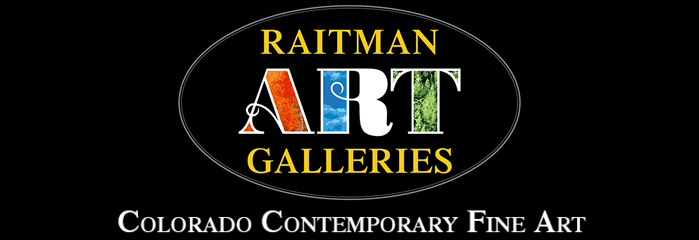Fekadu Mekasha Artist Review
History

Campbell’s Soup Cans, 1961
Andy Warhol

Paradigm II, Found Aluminum Cans, 2012
Paul Villinski
Aesthetics
Principals of Art:
Space: Space is demonstrated to create dimension in the composition. Strong contrast between the negative surrounding space and the positive space of the portraits add emphasis to the celebrity. Often times most of the composition will be filled with the portrait, as you can see in Andy Warhol.
Color: Working in black and white adds definition and heightened drama in Fekadu’s sculptures. As the black wire mesh is layered, it becomes darker and darker creating deeper value changes and depth as it sits against the white matte board it is mounted on.
Shape: The shapes used by Fekadu are all hyper realistic and organic in nature, true to the subject matter portrayed. In Andy Warhol circular shapes of the glasses contrast against the aged face.
Form: Circle is to shape as sphere is to form. The extreme changes in value gives life to Fekadu’s portraits. The creases and wrinkles of the face, the texture in the hair, the reflection of the glasses all give life to the form.
Value: Value relates to the tint/shade of a hue (color). Every color can be tinted by adding white or shaded by adding black. The purpose of considering value in a painting is to help create both dimension and a mood to a painting. As noted, deep value changes add a dramatic flare to Fekadu’s sculptures. The changes in value comes from the layering of the mesh wire, the more layers the darker the value will become.
Texture: The wire mesh used to sculpt Fekadu’s portraits are naturally textured. As the viewer walks around Fekadu’s work, they will notice how the texture creates dimension and more visual interest.
Principals of Design:
Balance: Fekadu balances his compositions by occupying almost the entirety of the composition with the portraits themselves. Faces are balanced due to them being naturally semi symmetrical.
Unity: The unity of a piece is what creates a sense of completeness. The medium unifies Fekadu’s work not just individually, but throughout his entire body of work. Working with one sole medium makes the entire composition cohesive.
Variety: Variety is what adds interest into a work of art. The changes in value create visual variety in Fekadu’s work due to their layering and overlapping.
Emphasis: Emphasis is what the artist uses to create a focal point. Focal points can vary viewer to viewer, but a truly successful composition will have one clear focal point that the eye is continually drawn to over and over again. The clear emphasis in Fekadu’s work is the portrait that takes up almost the entirety of the composition. As the viewer’s eye wanders, it will find its favorite portions of the portraits and rest there to be enjoyed.
Movement: Movement implies motion is a snapshot of time. The texture of the wire mesh and its changing layers creates a very subtle idea of movement. This is meant serve as a subconscious acknowledgment and not distract from the portrait.
Pattern: Think of pattern as the visual skeleton that organizes the parts of a composition. This underlying structure uses consistent and regular repetition. You can have both natural and man made pattern. The underlying pattern of the layered mesh is the only pattern use to be found in Fekadu’s sculptures.
Perspective: Perspective is what’s creates a three dimensional work of art vs a two dimensional work of art. The layering of the mesh creates actual dimension in Fekadu’s sculptures which provides new perspectives as the viewer walks around the piece. These new perspectives can make the sculpture feel as if it is watching you and interacting with the viewer.
Production
Fekadu uses stainless steel wire mesh that is cut, layered, welded and sculpted onto of a white matte board. The wire mesh is layered, which allows light to pass through and catch the wire mesmerizingly. To create deep shadows the wire mesh is layered continuously to achieve deep blacks that contrast against the areas with little layering of wire. These overlapping layers of wire mesh shift as the viewer walks around the piece, providing an interactive quality to his sculptures. His unconventional medium use characterizes Fekadu’s artwork and captures every viewer’s imagination for what is possible.



